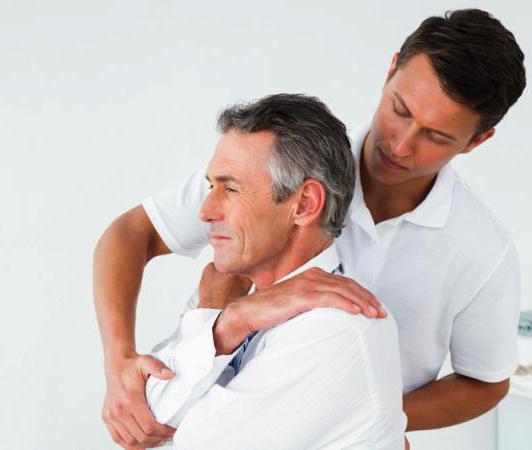Answering the question “which doctor treats the joints?” Is both simple and difficult at the same time. It’s simple - because there are not many such doctors, but it’s difficult, because each of them deals only with a specific type of articular pathology, and to determine “your” specialist, you must first conduct a differential diagnosis.
Often, several specialists are simultaneously involved in the treatment. For example, psoriatic arthritis is treated by a rheumatologist with a dermatologist, and consultation with an orthopedist or arthrologist may also be required. At the stage of diagnosis, in order to establish the type and cause of joint damage, it is often necessary to consult several doctors at once.
In the table below is a list of specialists and the diseases they treat:
| What is the name of the doctor | Diseases and pathologies he deals with |
|---|---|
|
Rheumatologist |
Rheumatoid, psoriatic, rheumatoid arthritis, gout and other types of joint damage of an autoimmune nature (for example, inflammation of the joints against the background of lupus erythematosus or scleroderma) |
|
Arthrologist |
Osteoarthritis, osteoarthritis, various arthritis, bursitis, fibrositis, tendonitis and other inflammatory and degenerative lesions of the periarticular tissues |
|
Podiatrist Traumatologist |
Neglected traumatic arthritis, deforming osteoarthrosis |
|
Infectious disease |
Arthritis with rubella, SARS, hepatitis, infectious mononucleosis, Lyme disease. |
|
Venereologist |
Specific arthritis that began with a underlying venereal disease: syphilitic, gonorrheal arthritis, Reiter’s syndrome |
|
Therapist |
Conservative treatment of joint diseases in a small community (village, village, small town), where there are no doctors with special joints |
Further in the article I will tell you which doctor should be consulted first, I will describe in more detail what each of the narrow-profile doctors does, who is best to contact and why, and also how to choose a good doctor.
Which doctor should I contact for joint pain?
Before you figure out which doctor treats the joints, you need to know the root cause and mechanism of development of joint damage in a particular case. It is on these two indicators that determine the profile of the doctor who will treat the disease of the joints in your case.
The main joint diseases are arthritis and arthrosis. Arthritis is an inflammatory lesion of the elements of the joint: cartilage, ligaments, synovial membrane and fluid. Based on the reasons, there are a large number of types of arthritis, each of which is treated by doctors of narrow specializations.
Arthrosis develops as a result of malnutrition of the cartilaginous tissue, its thinning, flattening, microcracks. Without treatment, the disease leads to the destruction of the joint.
If the patient turned too late that only surgery can help him, you need to contact an orthopedist to choose treatment tactics.
Rheumatologist
A rheumatologist is a specialist who is involved in the conservative treatment of inflammatory and degenerative joint diseases. It is this doctor who treats the most common types of primary arthritis and arthrosis, as well as systemic autoimmune diseases, which are manifested by inflammation of the joints.
Also in his competence is diagnostics, which includes laboratory and instrumental studies:
- a variety of blood tests (biochemical, serological, enzyme immunoassay, etc.);
- bacteriological and (or) microscopic examination of synovial fluid;
- articular membrane biopsy and its study;
- x-ray diagnostics;
- arthroscopy.
At the first signs of trouble in the joints, a consultation with a rheumatologist is necessary.
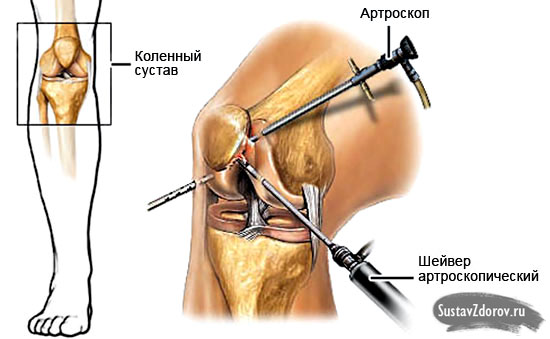
Arthrosocpy knee joint conducted by a rheumatologist
Arthrologist
This is a doctor of surgical profile, who deals exclusively with pathologies of joints and periarticular tissues. To get an appointment with an arthrologist is quite problematic, because he works in highly specialized medical clinics in large cities, and you rarely see him in a regular clinic.
The competence of an arthrologist includes the diagnosis and surgical elimination of the effects of inflammation and destruction of articular structures.
Podiatrist Traumatologist
The specialist in the surgical treatment of traumatic injuries and destruction of the musculoskeletal system is called an orthopedic traumatologist. It is the last hope for a running pathological process in the joints - in the last stages of arthrosis or arthritis with irreversible deformation and a pronounced degree of joint destruction, a significant restriction in movement.
Orthopedists practice surgical treatments. The table shows the types of surgical intervention that they carry out:
(if the table is not fully visible - scroll to the right)
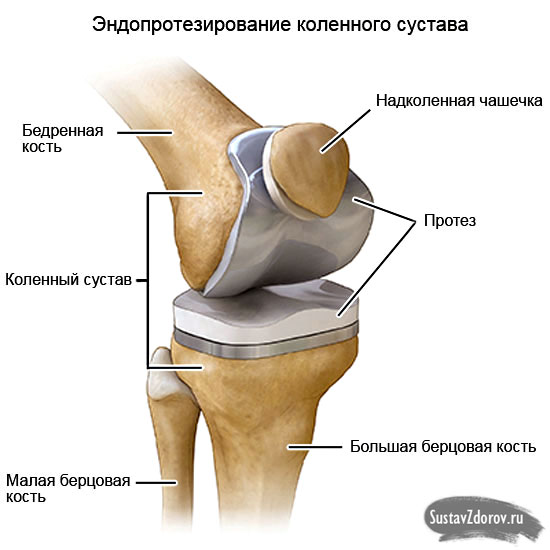
In the photo - complete knee replacement. Such a complicated surgical procedure is performed by an orthopedic and traumatologist
Therapist
If pain syndrome worries in one or several joints for longer than a week - do not ignore pain so as not to start the disease; You must visit the local therapist.
He will conduct an initial examination: radiography and blood tests for inflammation, as well as rheumatic tests (this is a blood test that helps diagnose rheumatic and autoimmune diseases). Based on the results, the therapist will make a presumptive diagnosis and write a referral to a rheumatologist or other specialist with a narrow profile.
Often in small towns there are no doctors of specialization. In this case, you should contact the therapist, he will prescribe a treatment for inflammation or, if necessary, will be sent to the regional hospital, where the necessary specialist is.
Other narrow-profile doctors involved in joint treatment
Conservative therapy and the postoperative rehabilitation period include various physiotherapy, manual therapy, massage, exercise therapy. Which doctor treats the joints in this case? The following are connected to the treatment process:
- physiotherapist,
- therapist
- chiropractor,
- masseur,
- rehabilitologist.
How to choose a good doctor and clinic?
When choosing a specialist and medical institution, be guided by the following five criteria:
the presence of narrow specialists in the clinic, with whom, if necessary, you can consult;
the availability of extensive capabilities in terms of equipment and the use of modern treatment methods;
oddly enough, the presence of a line to a certain doctor means that many patients trust their health to him;
In olden times, a person who knew how to straighten, put in place bones during dislocation, and also correctly position broken ones, was called a chiropractor. Many are interested in, in our days, chiropractors (doctor) as it is called correctly? Today it is a chiropractor. He now knows how not only to correct bones, but also to solve many problems associated with bones and spine. ("hand treatment") - this is a whole system where the doctor makes medical manipulations with his hands. A competent specialist is able to use them to treat not only joints and the spine, but also disorders in the muscles, and even diseases of the internal organs.
Kostoprav (doctor) - what is the correct name?
A doctor, a chiropractor (the old fashioned chiropractor), uses his own hands to treat his patients. He is responsible for the treatment of pathologies, including his curvature, as well as various joints.
Before preparing a restoring individual course, a good chiropractor conducts a full-fledged diagnosis. After that, the doctor proceeds to implement his miraculous techniques.
The main advantage of a chiropractor in comparison with other methods is that in this case there is no need for the use of drugs. And besides this, manual therapy can sometimes help even in cases where conservative methods are already powerless and completely ineffective.
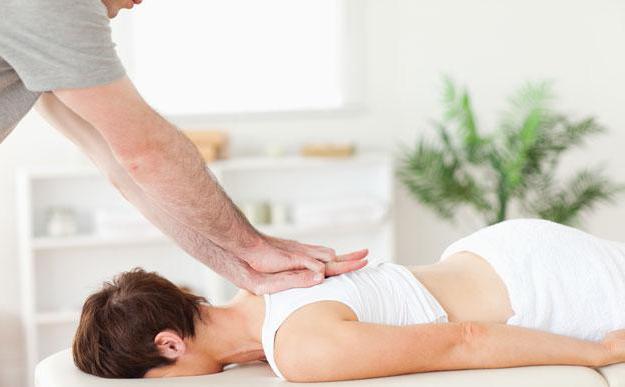
What methods does it use?
A modern chiropractor (a doctor, as it is called correctly, we found out) is a doctor who uses the most modern methods of diagnosis and treatment in his work. Manual therapy sessions are carried out in combination with physiotherapy, with massage, with hardware methods. As a result, there is a lasting effect even with such complex diseases as arthrosis of joints, intervertebral hernias, scoliosis, osteochondrosis, vegetovascular dystonia and others.
Some patients already feel some shifts and even improvements after the first session. After the manipulation of the chiropractor, blood circulation immediately improves, muscles tone, tissue trophism is enhanced and metabolism is accelerated. Of course, one session will not be enough to cure. Most often, you need to visit a specialist 10 to 20 times. All individually. If at the initial stages you notice improvements, be sure to complete the course. In no case do you need to stop halfway to a cure. Listen to your doctor’s recommendations.
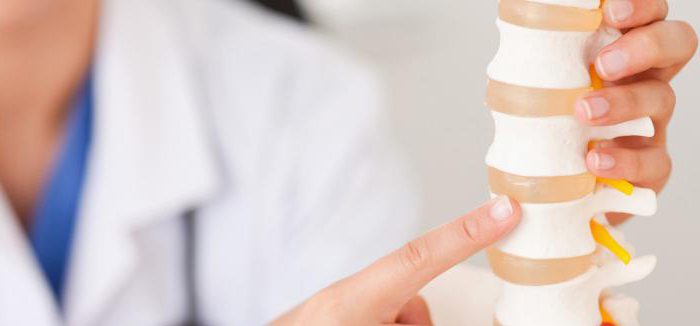
What does a chiropractor do?
Who is a chiropractor (doctor)? What is correctly called in our time is understandable. How does competent chiropractor work? A chiropractor, like no one else is well versed in the physiology of the human body, knows its full functionality. He builds his method and method of treatment, based not only on the underlying disease. Necessarily takes into account the psychological state of the patient. The main goal of his manipulations (actions with his hands on the body) is the elimination of pain, as a result, the compensation of frozen functions (joints, spine, internal organs).
In the chiropractor’s office, all problems associated with the musculoskeletal system, both congenital and acquired, are identified. A full course of manual therapy is able to restore many health, and not only to the joints and spine. After treatment, the work of the endocrine and respiratory systems, the gastrointestinal tract is restored, the blood supply to all organs, as well as the brain, increases immunity, and the patient’s emotional and psychological mood improves.
Who most often becomes a chiropractor? The specialist may have a diploma of an orthopedist or neurologist. To this, he still has to qualify for manual therapy.
The doctor’s diagnosis is made not only by the results of examination, patient complaints, with palpation. Often require additional examinations, x-rays. During the course of treatment, it is necessary to monitor the patient's condition, monitor the dynamics of the disease, focus on well-being.
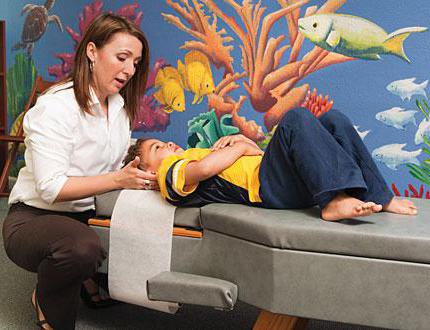
Children's manual therapist
A specialist is contacted by people of all ages. Often infants are brought to the reception. Common injuries are displacement during the delivery of the cervical vertebrae, congenital dislocation of the joints, dislocation of the thigh. So that these pathologies do not affect the quality of life in the future, a manual therapist can help in solving the problem. Moscow is a huge metropolis, and finding a good chiropractor here is not difficult. In the regions, many turn to such specialists for recommendations, according to reviews of former doctor’s patients. The chiropractor in the arsenal has a lot of gentle techniques that are specifically designed for small patients.
In childhood and adolescence, a variety of various symptoms accompany various diseases. At home, it is simply impossible to independently identify the exact symptoms in infants; it is better to visit the manual therapy room with the child. Here the doctor will be able to accurately diagnose. The first sign of some deviations in infants will be a loud cry during some physical influences: turns, simple exercises, light massage. Older children can already complain of pain in any part of the spine, joints, headache (it can also be a consequence of problems with the spine). In addition, with kyphosis, scoliosis, wryneck, strong changes in posture, incorrect head positioning are immediately noticeable. A pediatric chiropractor knows how to help your child in these cases, after the first consultation he will give recommendations on what needs to be done. Timely diagnosis and targeted treatment will make it possible to get rid of the disease. To confirm such diagnoses, the doctor will direct you to an MRI, radiography, CT scan or magnetic resonance angiography. Any laboratory tests are possible.
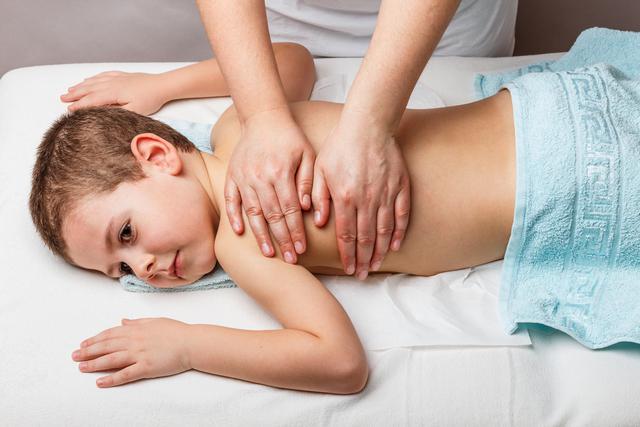
Indications in children
Many chiropractors were able to help many kids, any grateful review proves this: the chiropractor, according to the parents, creates simply wonderful transformations with the body of the child with his manipulations. The main thing is to turn in time and after making a diagnosis immediately start a course of treatment. In what cases does a children's manual therapist really help? If a child is found:
- Improper development of the spine in the baby or baby torticollis.
- Kyphosis, scoliosis, osteochondrosis in older children.
- Infants have birth injuries.
- Teenagers, schoolchildren have poor posture, scoliosis.
- In middle and school age, various dislocations and injuries.
- Joint diseases.
- Some diseases of the internal organs.
- Muscle pathology.
Getting rid of pain
Of course, that it is possible to get rid of a vertebral hernia with the help of surgical intervention. However, a manual therapist will help to overcome the pain. Moscow - the city where you can easily find a highly qualified specialist. Pain is the leading symptom of spinal diseases; a chiropractor is able to restore biochemical processes at the site of the lesion.
Each chiropractor has the knowledge of such a principle that a leading disease entails a disruption in the functioning of other important systems of the body, since it is a single whole. For example, if a finger is damaged on the lower limb, this will lead to a change in gait, as a result of which arthrosis of the hip joint is possible. This will be followed by a violation of the functions of internal organs, a violation of posture, and so on. For this reason, even minor diseases should be detected in the first stages and undergo timely treatment.
What diseases does a chiropractor treat?
Any doctor during the examination can decide that you need a consultation, which is provided by a chiropractor. The price of the services of this doctor may be different and depend on the level of qualification of the specialist. The most common diseases that a chiropractor works with are:
- Migraine.
- Osteochondrosis with severe pain manifestations, with infringement of the sciatic nerve, sciatica and so on.
- Violation of posture.
- Kyphosis.
- Lordosis.
- Intervertebral hernia.
- Hypertension.
- Vegetovascular dystonia.
- Scoliosis.
In most cases, a person can decide for himself that he needs a consultation with a chiropractor. Alarming indicators can be: frequent headaches that occur when turning the head, dizziness, pain in the chest, joints, as well as stiffness of the spine and joints.
The following indicators are contraindications for manual therapy:
- Oncology.
- Systemic diseases.
- Osteoporosis.
When should I see a chiropractor?
Do you need a manual therapist (the price for a doctor’s services varies from 700 to 1800 rubles per session in Moscow)? Listen to your body. If you notice the symptoms below, then you should consider visiting a chiropractor:
- During breathing, a feeling of stiffness occurs.
- There is numbness of the lower or upper limbs, their fingers.
- Dizziness, as well as headaches with them.
- Hearing impairment, vision, memory problems.
- Turning the head causes a headache.
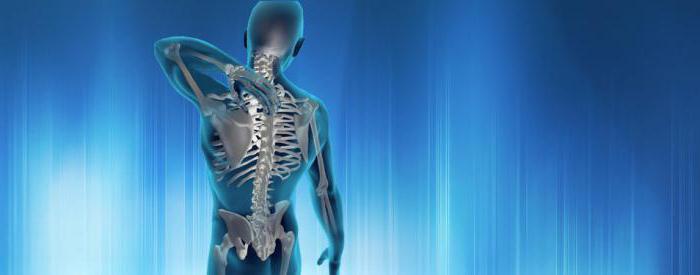
How is the appointment with a chiropractor?
You can understand how the appointment with this doctor goes by reading any review. The chiropractor at the first appointment must carefully listen to all your complaints. The doctor will find out if you have any diseases of the internal organs and various concomitant diseases. In addition, you must bring the following results to the doctor, if any:
- CT scan of the spine.
- X-ray images.
- The conclusion of the neurologist.
After studying them, the doctor will begin the examination. Know that manual therapy uses not only medical, but also diagnostic methods. The doctor must use them at the first appointment. A chiropractor also feels your spinal column with his hands, determining all its deformations, bends, determines where the muscles are less, more stressed, determine hypertonicity. During the examination, the doctor may ask you to take one or another position (lie down, stand up, walk around), at the same time he will carefully look closely.
What types of palpations are used by a chiropractor?
Tick-borne, superficial, moving, deep, plucked. Some types of techniques resemble massage movements, and this should not be surprising. Sometimes, for a final decision on the choice of methodology, a chiropractor (osteopath) may refer you to additional diagnostics. This can be a LHC, HOW, CT, electromyography, x-ray of the spine.
For all diseases of the joints, depending on the complexity of the diagnosis, treatment is indicated - conservative or surgical. Pathologies of musculoskeletal disorders are dangerous there, which often lead to limited movement, disability and disability.
The first symptom that worries the patient is pain during physical exertion or even at rest. The use of analgesics gives only a temporary effect, therefore, for the qualitative elimination of a negative symptom, specialist can not do without. Which doctor treats the joints?
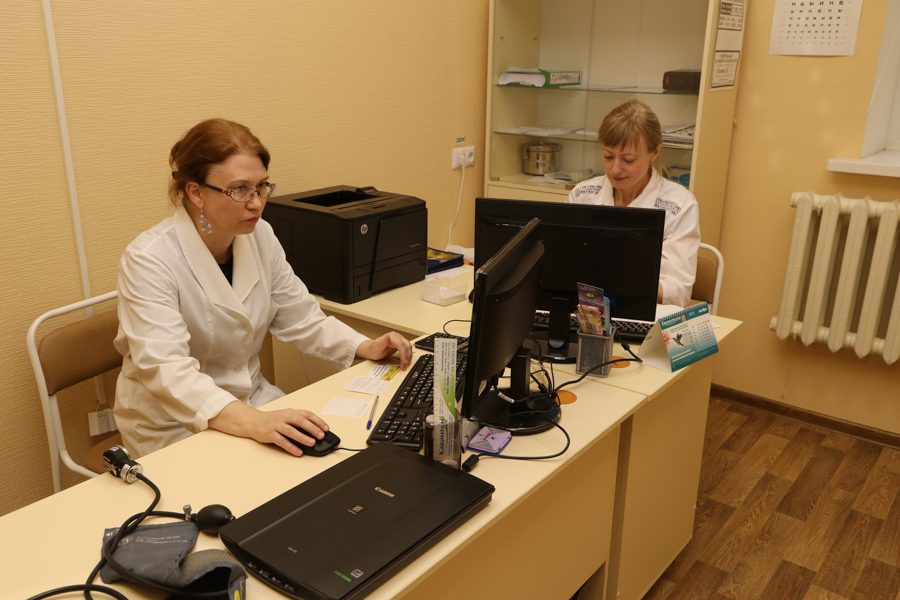
When visiting a clinic, the registrar, as a rule, recommends contacting a therapist. At the reception, the doctor, after listening to the patient’s complaints, writes out a referral with a preliminary diagnosis to a specialist. What is the name of the joint doctor and who should I contact?
Rheumatologist
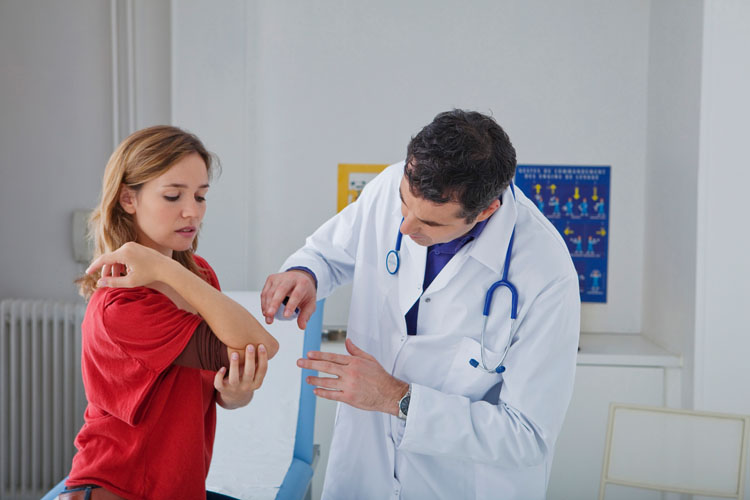
The specialist accepts patients who have rheumatological diseases associated with damage to the joints and connective tissue. The doctor conducts diagnostics, prescribes treatment, and also develops a series of preventive measures to prevent the development of relapse.
Table 1. Common joint diseases, a brief description and description:
| Rheumatoid arthritis | Systemic autoimmune pathology, in which there is a symmetrical lesion of small joints (hands and feet). |
| Osteoarthritis | In this disease is affected cartilage joint, as well as adjacent bone. Degenerative changes over time destroy the joint, while the cartilage quickly wears out and is replaced by bone tissue. |
| Idiopathic Juvenile Arthritis (UIA) | The disease occurs in childhood. Idiopathic juvenile arthritis is a collective term used to refer to several different forms childhood arthritis, which are similar in symptoms and nature of origin. |
| Still's disease | A pathology characterized by a complex course and manifested by fever and polyarthritis (multiple inflammation of the joints). |
| Reactive arthritis | This is an inflammatory lesion of the joints, developing against the background of an infectious pathology. The disease can occur in acute (less than two months), prolonged (up to a year), chronic form (more than a year), sometimes with relapses. |
| Septic arthritis | Dangerous infectious damage to the joints, accompanied by a loss of mobility of the affected element. Often after treatment, joint function does not return to normal, sometimes recovery does not occur at all. Mortality occurs in every tenth case. |
| Ankylosing spondylitis | This is a chronic inflammation of the joints of the spine or paravertebral soft tissues of a systemic nature. With pathology, pain occurs in the sacrum and lower back, there is also stiffness at rest, there is a restriction in movement. A visual examination reveals an arched curvature of the spine and chronic stoop. |
| Gout | The disease occurs due to an increase in uric acid in the blood, which is deposited on the joint, eventually leading to its destruction. The patient complains of pain in the affected area, redness and swelling also occur. |
Table 2. Diseases of the connective tissue, as well as other pathologies that affect muscles, joints and bones:
| Systemic lupus erythematosus | An autoimmune pathology characterized by the production of antibodies that damage the DNA of connective tissue cells in which a vascular component is present. The disease is manifested by a rash on the face (mainly on the cheeks and nose). |
| Scleroderma | This is an unusual form of arthritis that affects the skin, blood vessels, muscles and bones. The patient complains of a discoloration of the skin on his hands, while areas of the epidermis may whiten or acquire a purple hue. |
| Fibromyalgia | Pathology of the chronic course, manifested by diffuse symmetric pain in the muscles and bones. Depressive disorders, chronic fatigue, and irritable bowel syndrome also occur. |
| Osteoporosis | This is a pathological condition in which bone tissue is destroyed, bone strength decreases and their internal structure changes. With osteoporosis, pathological fractures often occur. |
| Vasculopathy and systemic vasculitis | This is a group of diseases based on a generalized vascular lesion that provokes inflammation and necrosis of the vascular wall. The pathological process proceeds with the involvement of internal organs and systems. |
Orthopedist
What is the name of the doctor who treats the joints, diagnoses and prescribes the prevention of diseases of the musculoskeletal system? This is an orthopedist.
Complaints addressed to the doctor are associated with pathological gait, changes in the shape of the foot, curvature of the spinal column. Many patients are often interested in the registrar, what is the name of the doctor who treats the joints due to their damage? If you had to face a similar situation, it is recommended to make an appointment with an orthopedic traumatologist.
The most common orthopedic pathologies:
- Change in the normal position of the feet - clubfoot. With this disease, a person cannot completely put his foot on a flat surface. When trying to do this, the sole is bent, and the inside of the foot is turned upside down.
The position of the bones and muscles is also disturbed; movements of the ankle joint are limited. When walking, a person does not put his foot on the entire sole, but only on the outside.
- Flat feet. This is the most common foot deformity. Pathology is divided into a transverse, longitudinal and combined shape. Flat feet is manifested in an unnatural gait and posture, a slight imbalance, clubfoot when walking. The patient also notes swelling of the legs (especially at the end of the day), pain in the feet, knees, calf muscles, thigh, lower back. In addition, fatigue occurs even after a slight walk.
- Scoliosis. Translated, this word means "curved spinal column." This term refers to the curvature of the spine to the left or right side. As a rule, this diagnosis is first detected in children during the period of active growth and formation of the bone apparatus (age - from 6 to 16 years). The disease reduces the mobility of the spine, the ability to bend in different directions. With scoliosis, nerve roots and blood vessels are often infringed. This causes primarily pain, and a violation of the blood supply to the internal organs predisposes to their diseases.
- Kyphosis. This is a curvature of the spinal column in the anteroposterior (sagittal) plane. In appearance, the pathology resembles the usual stoop or “round back”. As a rule, kyphosis is an acquired disease that forms when a spine is injured, muscle weakness during active growth of the skeleton or a prolonged stay in the wrong sitting position. In some cases, kyphosis is combined with scoliosis and this significantly worsens the prognosis for treatment. At the same time, the patient complains of increased fatigue, numbness of the fingers on the lower and upper extremities, headaches and dizziness. Often, the pathological process proceeds with the involvement of internal organs, so chronic diseases such as a stomach ulcer, cholecystitis develop, and heart disorders also occur.
- Torticollis (see photo below) - this is a pathological curvature of the cervical vertebrae, in which there is an incorrect and unnatural position of the head with an inclination towards different degrees of severity. Torticollis can be congenital, which is a consequence of an intrauterine malformation. In addition, this pathology is often formed due to a difficult birth (for example, cesarean section) or a brain lesion of a neurological nature. An acquired disease sometimes occurs against the background of a purulent process in the neck, inflammation of the mastoid process (mastoiditis), as well as trauma (fracture) of the first cervical vertebra.
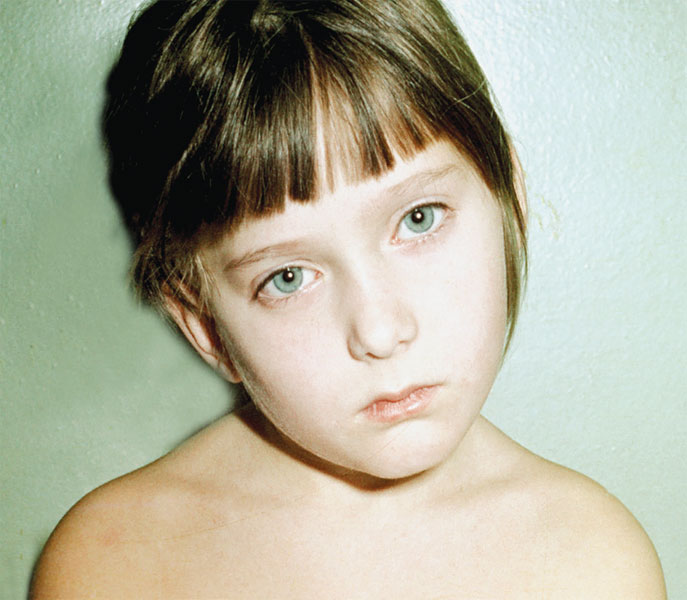
Interesting to know! Many elderly patients wonder which doctor treats hip joint? It is recommended to consult an orthopedist, you can also consult a neurologist.
Orthopedic pathologies occur in every fifth person. The above diseases in many cases are not an urgent threat to life, so patients do not rush to the doctor, postponing the visit from day to day (in fact, they do not go to the doctor for years). In fact, seemingly “safe” orthopedic pathologies can, over time, cause serious health damage.
Vertebrologist
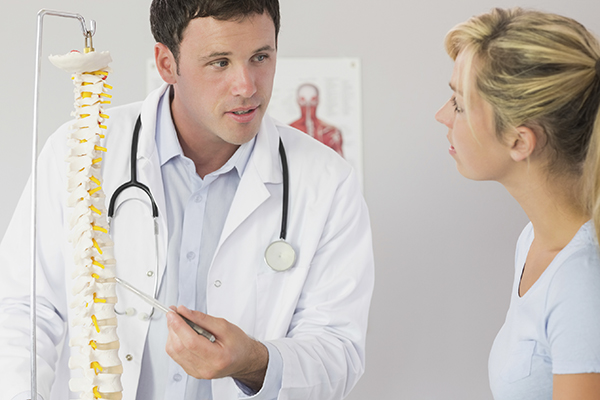
Spine Doctor - Vertebrologist
Which doctor treats the spine and joints? This is a vertebrologist.
The specialist does not perform surgical interventions, therefore, often interacts with massage therapists, osteopaths and specialists working in the field of manual therapy. Vertebrologist is engaged in the treatment of pathologies that occur in the spine and associated with the spine of the joints.
Important! The patient is referred to a vertebrologist if there are complaints of pain in the cervical, thoracic or lumbar spine.
The doctor (specialist in joints and spine) deals with the following pathologies:
- instability cervical the spine;
- protrusion and hernia of the intervertebral disc;
- sciatica of the lumbosacral region;
- degenerative disorders in the cartilage - osteochondrosis;
- osteoporosis;
- inflammation of the nerve roots of the intervertebral foramen - radiculitis;
- benign cystic formation on the bone;
- damage to ligaments and intervertebral cervical joints (in the people - “whiplash” injury);
- acute lower back pain - lumbago.
Interesting to know! Many pregnant women experience back pain, so they are interested in which doctor deals with the joints of the spine? It turns out that the future mother, suffering from this symptom, is also shown the consultation of a vertebrologist.
Modern research methods
To begin with, the doctor conducts a general examination of the painful joint for external manifestations of the pathological process. Facts such as swelling, soreness are taken into account, if we are talking about the spine, then the presence of curvature is taken into account.
- detect rheumatoid nodules, probing the joints of the arms and legs (if the diagnosis of rheumatism is assumed);
- to study a place in which there is discomfort and pain during movement;
- determine the condition of the joint capsule;
- assume the fact of joint inflammation if the local temperature is elevated.
The doctor also rotates the joint to find out how pronouncedly limited movement is. This study is called goniometry.
Due to the fact that many diseases are systemic in nature, the patient is invited to undergo laboratory tests:
- A blood test from a finger for general indicators. An alarm is an increased erythrocyte sedimentation rate, which indicates the presence of inflammation.
- Biochemical blood test for the content of C-reactive and total protein, the presence of rheumatoid factor (RF) and antibodies to the cyclic citrulline peptide (ADC), a definylamine reaction is also carried out.
- Urinalysis (general). Changes are observed only with significant violations - thus, erythrocytes and protein are determined in the urine (normally these indicators should be zero).
- Synovial fluid analysis is the study of exudate taken from a synovial bag. This fluid quickly responds to inflammatory processes and, if any, there is a change in its color, viscosity, and the presence of a mucinous precipitate is also possible.
Important! Many patients on their own “prescribe” pain medications from the group of non-steroidal anti-inflammatory drugs (Baralgin, Diclofenac, Dicloberl). These medications have a lot of contraindications (the instructions describe them in detail), therefore, without first consulting a doctor, you should not take them!
Joint hardware examination
For a detailed study of the joint and its structure, the patient is recommended to undergo a series of studies. Preliminary preparation for this is not required.
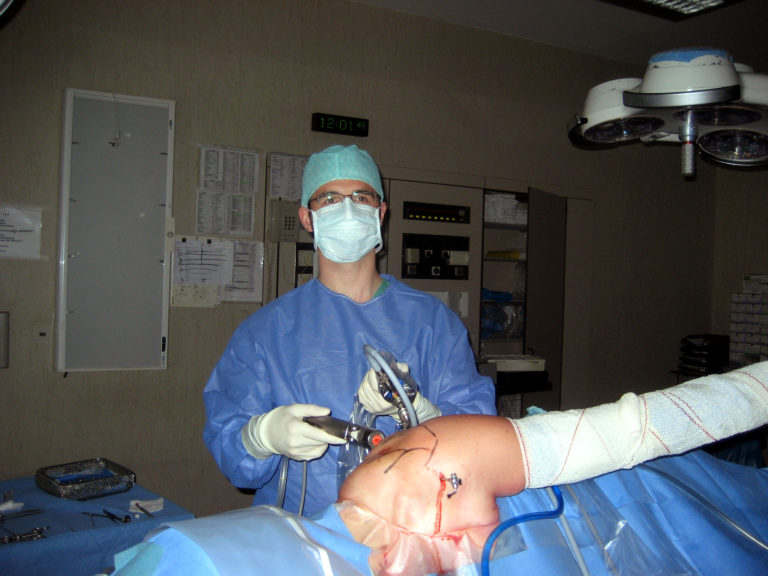
Table 3. Modern hardware research methods:
| Arthroscopy | This is a minimally invasive surgical method, performed both for diagnostic and therapeutic purposes. Arthroscopy is prescribed for rupture of the meniscus, front and rear cruciate ligamentsjoint instability, chronic pain. Often this method is prescribed by the doctor for the knee joints. |
| Ultrasound diagnosis of internal organs and joints | With the help of the study, the state of cartilage, tendons and articular bags is assessed. You can also differentiate the tumor, damage, identify the presence of effusion. |
| X-ray examination | Using x-rays, the joint is projected onto a special film (an x-ray image is obtained). A doctor who deals with joints can diagnose arthritis, arthrosis, gout, synovitis, degenerative changes in the joints, and calcaneal spur from the picture. |
| Computed tomography (CT) | This is the most informative x-ray method. By studying images of computed tomography, you can see various pathological changes in the tissues, as well as bone and cartilage growths. The exposure level is minimal, the examination lasts several minutes. |
| Magnetic Resonance Imaging (MRI) | The method allows you to display on the computer screen a three-dimensional image of the investigated area, this allows you to accurately examine the vascular network, nerve trunks and blood supply in the joint. |
| Radionuclide Diagnostics | The most popular method of radionuclide research is scintigraphy. Diagnosis is as follows: first, a pharmacological preparation is administered to the patient (technetium pyrophosphate is usually used). Bone cells actively absorb the substance. A doctor who treats bones and joints with the help of the technique can identify the smallest pathological elements (for example, metastases), which sometimes at the initial stages are not able to detect even with the help of MRI. |
| Arthrography | This is an X-ray examination, which consists in introducing a contrast agent or air into the joint cavity (sometimes this and that is introduced to improve the visualization of the contours of soft tissue structures and the articular surface). Then the patient is asked to perform certain movements, while fixing the image with an aim x-ray. The procedure is safe, its duration is about ten minutes. |
To your attention is a video in this article that shows how joint research is performed.
Each person should closely monitor their health and at the first pathological symptoms should consult a specialist as soon as possible. Timely treated joint disease increases the chances of restoration of motor function. Otherwise, the patient will suffer severe pain, and sometimes the cost of a late visit to the doctor is the development of disability.

